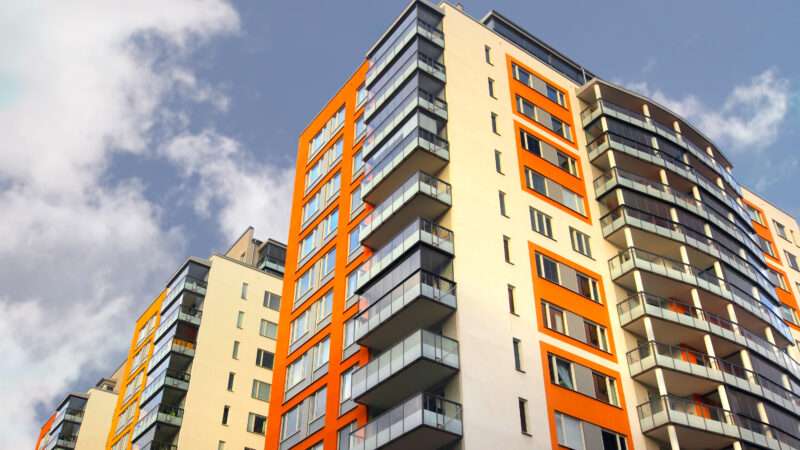
Could building affordable housing make the surrounding neighborhoods less affordable? That's the finding of a recent research brief from the Urban Institute showing the construction of income-restricted affordable housing units was associated with rising prices for nearby homes.
The Urban Institute brief from April 2022, written by researchers Christina Stacy and Christopher Davis, looked at the impact of 40 developments on home prices in Alexandria, Virginia. The examined projects include both wholly affordable projects—where all units are offered at below-market rates to lower-income renters—and market-rate projects that included some affordable set-aside units.
The two researchers found that these projects increased home prices within a sixteenth of a mile by .09 percent. When largely market-rate developments were excluded from the analysis, home prices increased by an even higher .11 percent.
Affordable housing projects also increased housing prices more in lower-income census tracts than in higher-income census tracts. They increased home prices by .17 percent in census tracts where median incomes were below Alexandria's median income and .06 percent in census tracts where median incomes were above Alexandria's median income.
Stacy and Davis frame their findings as a refutation of a common criticism of publicly subsidized affordable housing development: that it will decrease nearby homeowners' property values.
"Although the impact of affordable housing on nearby property values is not the primary reason to build affordable housing, individuals often cite it as a reason to oppose such developments," they write. "Given the known benefits of affordable housing on housing stability, access to opportunity, the economy as a whole, and the overall health of households with low incomes, these results support the development of additional affordable housing in the city of Alexandria."
On the other hand, higher home prices in the adjacent neighborhood also present affordability problems of their own. Those with incomes too high to qualify for the affordable housing units are left paying higher prices to live in the same neighborhood.
This dovetails with one possible explanation for why affordable housing projects would increase home prices in the first place: They consume land that could have been used for totally market-rate projects.
Those new market-rate units would both increase supply and absorb demand from higher-income renters or homebuyers. Because an affordable housing development's income restrictions end up excluding them, those higher-income renters and buyers instead bid up the prices of nearby homes.
That could plausibly explain why affordable housing developments raised prices even more when market-rate developments with set-aside affordable units were excluded from the Urban Institute's analysis. The presence of the market-rate units in those projects absorbed the market-rate demand, thus suppressing adjacent property value increases.
Stacy and Davis offer a different explanation for why affordable housing might push up nearby home prices. They suggest that high design requirements for these projects make the buildings desirable, aesthetically pleasing neighborhood features.
"It increases the amenity effect. People like living next to nice things," Davis tells Reason in a phone interview.
Depending on what occupied the space previously, Davis suggests both market-rate and affordable housing developments could increase property values, saying if it's replacing "vacant housing that wasn't well-maintained, it's likely either of those two things would increase" property values.
Absent that amenity effect, the Urban Institute brief suggests that affordable housing functions as a form of housing redistribution.
The income-restricted affordable units give some lower-income people housing in desirable neighborhoods at below-market rates. But by limiting the supply of land that could go to market-rate projects, they are raising housing costs for middle- and higher-income residents.
Depending on where they're built, they could be raising housing costs for lower-income residents as well who don't end up winning places in the new building. As mentioned, the Urban Institute brief notes that Alexandria's affordable housing developments raised home prices the most in lower-income census tracts.
That's a trade-off to keep in mind as lawmakers at the state and federal levels consider increasing subsidies for affordable housing construction.
The post Does Affordable Housing Make the Surrounding Neighborhood Less Affordable? appeared first on Reason.com.







